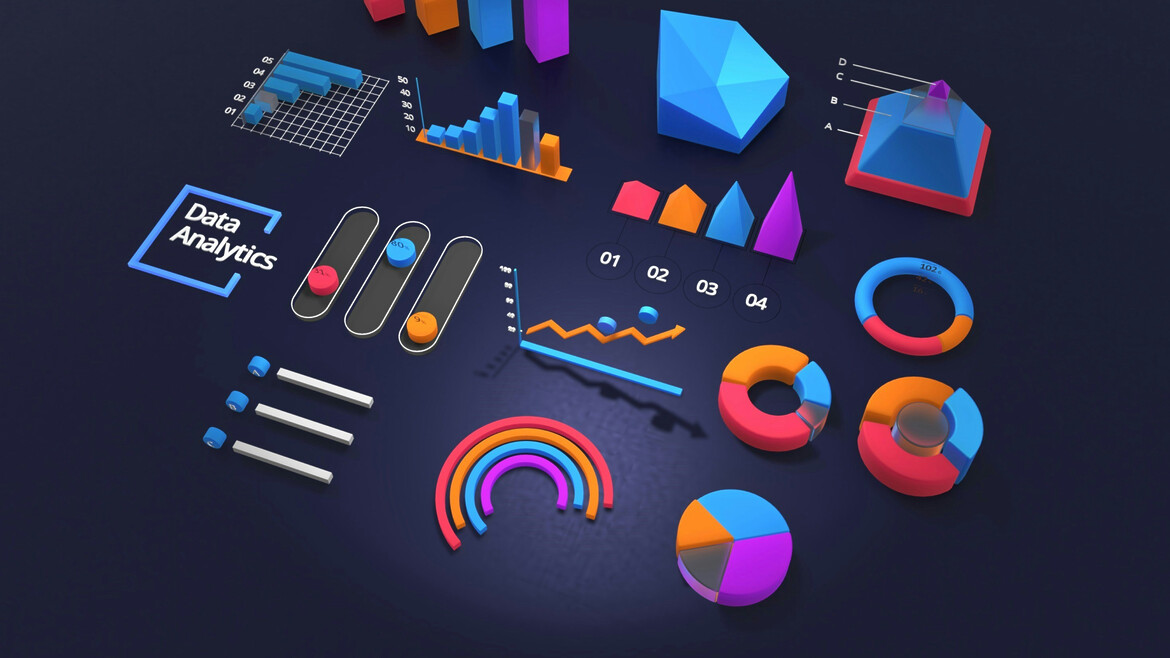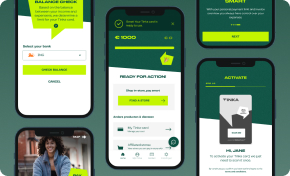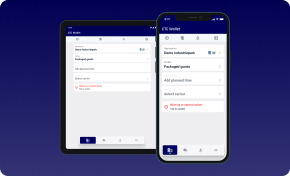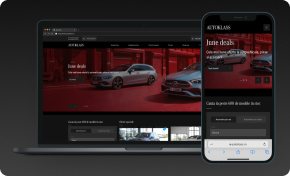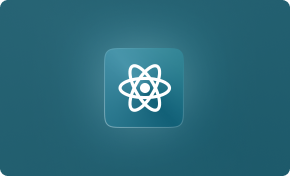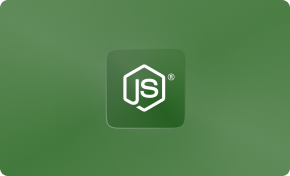The Leaky Bucket Theory is an effective metaphor for explaining why retaining existing customers remains a business and marketing challenge. The theory compares business customer bases to leaky buckets, describing new customer acquisition as filling up the bucket and customer loss as leaking through holes. The main principle illustrates how retention issues, including inadequate user experience and insufficient customer support, directly impact company growth rates. By identifying and addressing these leaks in its customer base, a business will achieve stable growth and better performance.
Accelerate Your Growth with Digital Transformation
Digital Excellence Through Customized Business Solutions
Explore Digital TransformationThe successful operation of tech businesses relies on mastering customer churn, which affects both short-term income and long-term business health. Companies should focus on retention, as high churn rates diminish the effectiveness of their best customer acquisition strategies. The research outlines how tech businesses apply the Leaky Bucket Theory to identify and address customer churn issues. Leveraging this theory to develop retention strategies enables companies to create tailored approaches for retaining customers, ensuring both satisfaction and business growth.
This article explains how the Leaky Bucket Theory serves as a valuable diagnostic tool for analyzing and resolving customer churn issues.
Understanding the Leaky Bucket Theory
Definition and analogy
The Leaky Bucket Theory uses the water flow analogy through a bucket to illustrate customer loss patterns. Your customer base resembles the water within a bucket. While the bucket receives new water (new customers), it also loses some through holes (customer departures). In the tech industry, leaks refer to users, subscribers, and customers who stop using your product or service. The main goal is leak reduction, allowing the bucket to maintain its maximum volume to support ongoing growth and stability.
Sustainable growth necessitates effective management of acquiring new users and retaining existing ones. While acquiring new customers is valuable, prioritizing maintaining current customers is crucial for business success. Ignoring churn in your customer base can lead to a decline in growth, as acquiring new customers typically costs more than retaining existing ones. Highly competitive, technology-driven markets present intense competition and high customer expectations, which can result in stagnant growth when companies concentrate solely on acquisition without addressing customer retention.
Leaks in the Tech Business Context
Common Causes of Churn in Tech

The tech industry observes different causes that lead to customer churn, such as:
- Product Mismatches: The software fails to deliver the specific solutions users need, so they choose to switch to other products.
- Poor User Experience: Users migrate to different solutions because they encounter complicated interfaces, slow performance, and unintuitive design, which can lead to frustration.
- Lack of Customer Support—When customer service fails to resolve problems promptly, users become dissatisfied and abandon the platform. Microsoft found that 40% of customers leave because of bad service.
- Competitive alternatives – The fast pace of technological market innovation requires companies to maintain ongoing development.
- Limited Value Over Time – Users who fail to detect ongoing value will abandon their current system to choose features or lower expenses from alternative solutions.
Implications of High Churn
Tech businesses suffer serious adverse effects when customer retention rates remain high.
- Financial Losses—Customer loss reduces recurring revenue, driving up expenses for acquiring new customers. Research published by Harvard Business Review shows that retention costs companies less than maintaining new customer acquisition by a ratio of 5:1, so excessive customer loss results in serious financial losses.
- Weakened Brand Reputation—A negative reputation develops when users share unfavorable product experiences on social media platforms, deterring potential clients from trying the product.
- Reduced Customer Lifetime Value (CLV)—Businesses suffer from high churn, which reduces their profitability. Retained users drive long-term revenue, but churn also reduces CLV.
Addressing these leaks enables technology companies to foster stronger customer retention and reduce customer churn, ultimately improving their market position.
Diagnosing Your Leaks
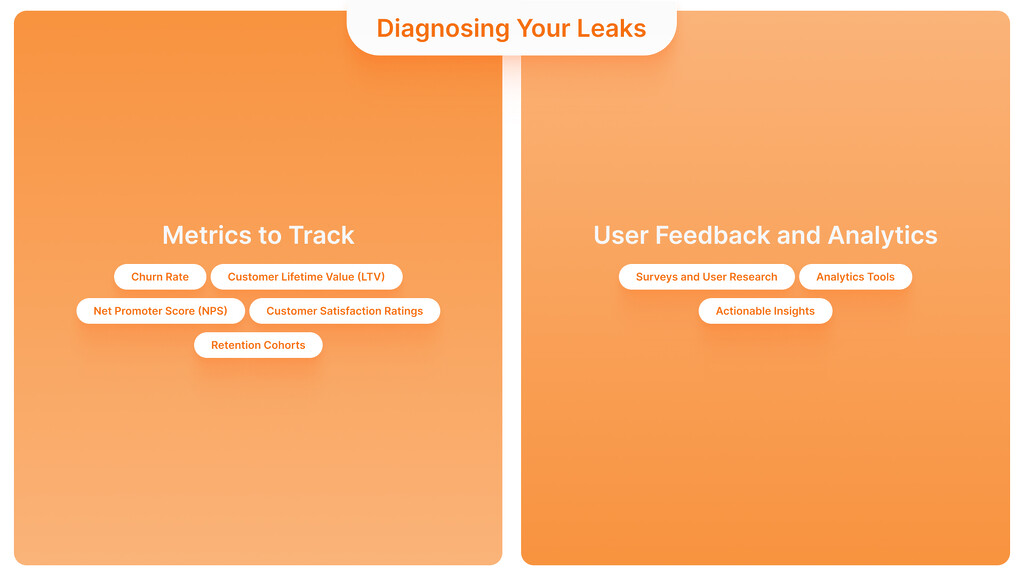
Metrics to Track
The diagnosis of customer churn requires constant monitoring of particular metrics that reveal customer conduct patterns alongside satisfaction levels.
Churn Rate
Customer defections are measured as Churn Rate when calculated as a percentage against a specified time frame. Significant leakage in your customer base calls for quick action to develop retention strategies because of an elevated churn rate. Information technology service providers face an average annual customer dropout rate of 12%, thus demonstrating the urgency of tackling this problem.
Customer Lifetime Value (LTV)
The total worth of revenue that comes from a single customer throughout their relationship with a business is measured through Customer Lifetime Value (LTV). The reduction in LTV indicates higher customer turnover since customers do not remain long enough to create substantial value.
Net Promoter Score (NPS)
The Net Promoter Score (NPS) evaluates customer loyalty by asking about product recommendations to others. A score below average on NPS indicates that customers show signs of dissatisfaction, which might lead to leaving the business. The average customer retention rate across all industries is approximately 75.5%, as retaining existing customers is five times more cost-effective than acquiring new ones.
Customer Satisfaction Ratings
Your product or service weaknesses become visible through continual satisfaction rating acquisition. Higher customer satisfaction usually results in fewer customers leaving the business.
Retention Cohorts
The analysis of retention cohorts involves organizing customers by their sign-up date and monitoring their behavior patterns throughout the retention period. This analysis reveals the timeframes and underlying reasons for customer attrition, allowing organizations to develop specific prevention strategies. The IT and software industry has an average retention rate of 77%, and a 5% increase in customer retention can boost profits by 25% to 95%.
User Feedback and Analytics
Collecting and analyzing user feedback remains vital to discovering churn factors and creating successful retention measures.
Surveys and User Research
Regular surveys and user research generate essential qualitative customer feedback about their experiences and project their difficulties. Open-ended survey questions help discover particular problems that quantitative information would overlook.
Analytics Tools
Analytics tools enable organizations to monitor user activities and identify consistent behaviors that result in customer departures. Your retention analysis benefits from three analytics tools: Google Analytics, Mixpanel, and Amplitude. These tools deliver deep information about customer product interactions and show areas for improvement.
Actionable Insights
Analysis through surveys that incorporate quantitative information from analytics leads to specific, actionable insights. When analytics data show high onboarding drop-off rates and survey respondents show setup confusion, you should prioritize improving the onboarding experience. The data-based methodology enables organizations to establish essential improvement priorities, which guide their development of customized retention strategies.
Strategies to Patch the Leaks
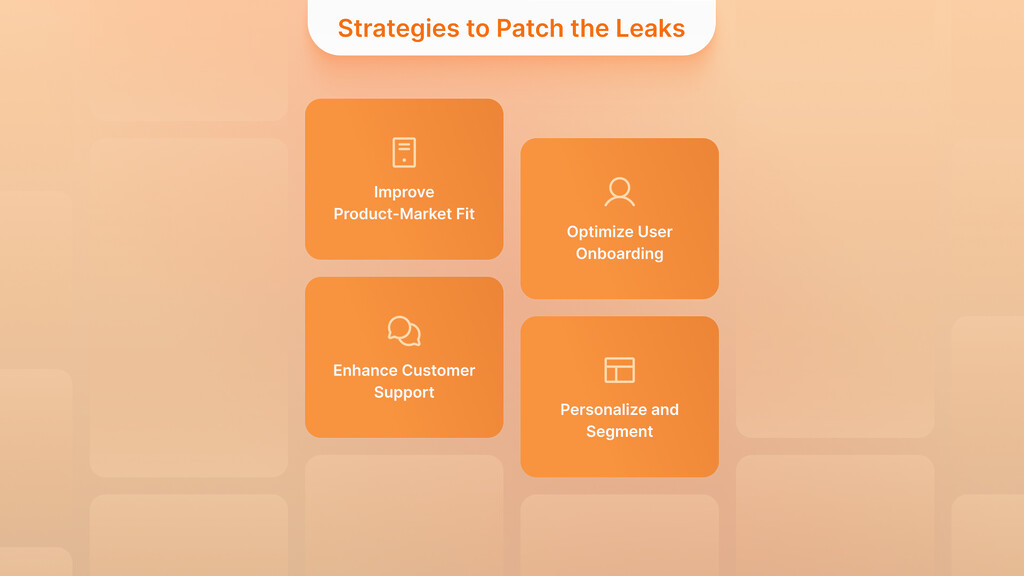
Improve Product-Market Fit
Your product needs to match market requirements to decrease customer departure rates.
Streamlining Features
Product development should concentrate on fixing essential functions while discarding unnecessary ones. A user-friendly product system emerges through product development strategies that meet customer requirements. To determine their importance, you should evaluate features according to user comments and usage statistics.
Experience the Power of Custom Software Development
Transformative Software Solutions for Your Business Needs
Explore Custom SoftwareContinuous Iteration and Testing
Adopt an iterative approach to product development. A subset of users should test new features during ongoing development cycles to avoid full product releases. The process allows you to obtain customer feedback for essential product modifications that keep the product aligned with customer preferences.
Optimize User Onboarding
Product onboarding done well leads to decreased user churn during the first early stages.
Deliver Clear Instructions
Provide precise step-by-step instructions to help users start new products efficiently. Your system should employ tooltips, guided tours, and tutorials to show users important features during their initial experience.
Intuitive Design
Users will benefit from an easy-to-use start-up sequence that demonstrates your product’s advantages during setup. The onboarding process should be constructed to be usable and avoid operational barriers.
Clearing the Way for Efficient Product Discovery
Fast-Track Your Innovation to Market in Four Weeks with Our TechBoost Program
See Product Discovery ServicesUser-Centric Approach
Addressing user needs to create an adaptable onboarding system demonstrating product value from the start. Each user segment receives a tailored onboarding experience personalized to their needs so they feel better engagement and relevance.
Enhance Customer Support
Quick response from customer support prevents existing customers from leaving through the resolution of their issues.
Multichannel Support
Your support system should include various channels, such as email, chat, and phone, to align with client communication preferences. It needs to provide easy access to assistance and deliver prompt responses.
Quick Response Time
Building trust and satisfaction requires organizations to respond to customer inquiries promptly. Implementing AI-driven chatbots allows the system to provide instant responses and effectively resolve common client issues.
Proactive Outreach
The company identifies users or accounts that show signs of deserting and initiates proactive outreach to address their concerns before abandonment occurs. Premature indications of dissatisfied customers should be identified through data analytics tools and followed by immediate intervention.
Personalize and Segment
Personalizing each customer interaction leads to higher engagement levels, resulting in better retention rates.
Tailor Experiences for Different User Segments
Through the analysis of customer data points, businesses will create unique content for different user segments. Businesses will present personalized content, suggestions, and offers that specifically target particular audience demographics.
Data-Driven Personalization
Organizations should utilize data analytics to understand their customers’ behavior patterns and personal preferences. You can leverage this data to deliver targeted communications, including personalized email newsletters, specific in-app alerts, and exclusive marketing offers.
Enhance User Experience (UX) and Usability
Forrester’s research indicates that effective interface design leads to higher conversion rates, reaching 200%. To improve user satisfaction, the product interface must combine intuitive design with smooth navigation and responsive elements.
Implement Personalized Customer Engagement
Combining customized recommendations and artificial intelligence support with push notifications builds more effective customer interactions. Segmented email marketing produces 760% higher revenue volumes than non-segmented email campaigns, according to information from Campaign Monitor (TimeBird).
Long-Term Retention Tactics
Loyalty Programs and Community Building
Your business strategy should incorporate loyalty programs to encourage customers to renew their subscriptions and continually use your product. The program offers customers discounts and exceptional features, along with points that serve as currency for earning rewards. These incentives motivate customers to keep using the product while giving them a feeling of importance.
Your business should develop platforms for user communities to foster connections among customers as they share their experiences with your brand. The creation of these user communities is achievable through the use of dedicated community platforms along with social media groups and forums. User communities allow satisfied customers to become brand champions while promoting company products to both existing and new clientele.
Continuous Improvement Through Iteration
Agile Development Cycles
Your product development should adhere to agile methodologies, as this allows for the quick delivery of features that meet user requirements in real-time. The product requires frequent updates and new features to remain fresh and align with user expectations. Agile development cycles enable teams to maintain flexibility in their design processes while making rapid improvements that are built incrementally.
Leading Research & Development for Your Success
Driving Innovation in Every Product Aspect Through R&D-Driven Software
Learn About R&D ServicesLeveraging User Feedback Loops
To sustain product advancement, you should develop feedback systems that regularly provide opportunities to obtain and understand user opinions. User feedback is collected through surveys, user testing, and direct communication systems. Your organization should apply user feedback to create future product plans and determine which features should receive priority attention to solve detected customer problems. By regularly implementing iterations based on gathered user feedback, your product will maintain its valuable position for customers.
Tech businesses that adopt such long-term retention strategies create a devoted customer group that promotes their products and stays committed to them. Loyalty programs combined with community building establish a strong support system, which drives customers to keep using the product. Continuous product evolution adapts to shifting customer needs. A combination of these strategies ensures a full and expanding user base for ongoing business growth and achievement.
Securing Long-Term Growth: The Leaky Bucket Theory
Customer churn diagnosis and resolution play fundamental roles in ensuring sustained business achievement among technology companies. The Leaky Bucket Theory, through its useful structure, enables organizations to handle retention issues effectively. Businesses detect customer attrition points by analyzing customer lifetime value (LTV), churn rate, and Net Promoter Score (NPS) metrics. User feedback analysis combined with analytic tools converts raw data into specific performance enhancements that improve product-market matching, user sign-up approaches, customer assistance protocols, and personalized solutions.
A business should maintain a proper equilibrium between acquiring new customers and keeping current clients loyal. When both factors are considered from the standpoint of long-term business expansion, customer retention usually proves more lucrative than customer acquisition. Neglecting leaks in your customer retention system can undo the benefits of your acquisition efforts, so you must concentrate on both areas.
Further insights into advanced retention strategies can be gained by exploring customer journey mapping alongside deeper predictive analytics and segmentation methods. These strategies will strengthen your retention efforts by providing additional information and retention tools.
Schedule a meeting with us to identify the best approach for your business.
